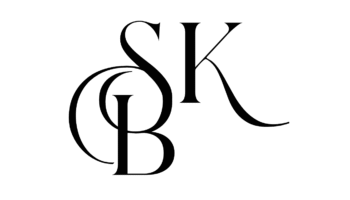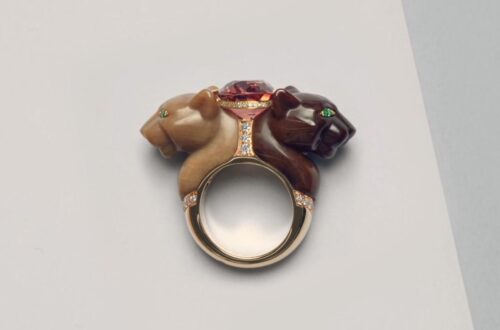After months of cautious trading, the European luxury market is showing new signs of strength. Entering late October, luxury shares began to climb again led by LVMH, whose strong third-quarter results reignited investor confidence and lifted the broader industry.
LVMH Takes the Lead
Following its strong third-quarter results, LVMH continues to set the tone for the industry. Revenue exceeded expectations in October, sparking a sharp rise in confidence and pushing shares up more than 12 percent, the highest among luxury peers.
That optimism has carried into November as Bernard Arnault, LVMH’s Chairman and CEO, confirmed through regulatory filings that he and his family holding companies had acquired roughly €1.4 billion worth of shares since early 2025.
The purchases totaling around 2.5 million shares effectively consolidate control of the group and reinforce long-term confidence in its growth.
Analysts see this as more than a financial move. It’s a signal of belief in the company’s resilience, and a statement that LVMH’s future is guided by patient ownership rather than market volatility.
Other Major Players
LVMH’s performance had a ripple effect across the sector:
- Kering Group (+9%): Shares rebounded after the company announced the €4 billion sale of its beauty division to L’Oréal, a move aimed at focusing more on its fashion portfolio and strengthening its financial foundation.
- Richemont Group (+3.6%): Benefited indirectly from LVMH’s momentum, with modest but steady gains.
- Hermès: Maintained stable performance in the third quarter, underlining its resilience and consistent demand.
- Prada Group: Despite minor pressure from institutional adjustments, Prada posted solid results, with Miu Miudriving growth through a remarkable 41% sales increase.
Regional Movements
In contrast, North America and Italy remained relatively flat.
- Tapestry (-2%) faced slight corrections due to market competition and institutional selling.
- Moncler (-1%) experienced minor pressure from global market imbalances but remained supported by recovering demand in China and the U.S..
- Meanwhile, Burberry (+6.8%) regained traction thanks to its brand refresh, improving investor sentiment, and a rating upgrade from Deutsche Bank, which brought new optimism to the U.K. luxury scene.
A Shift in Sentiment
Together, these results mark a subtle yet significant shift in the luxury sector. After a year of uneven demand and investor caution, the latest numbers suggest renewed faith in the industry’s fundamentals.
The performance of LVMH from strong quarterly results to strategic share buybacks reflects more than financial discipline. It shows how stability, long-term vision, and brand equity continue to define success in a volatile market.
My Perspective
This rebound feels like a quiet correction not just in numbers, but in sentiment. The industry seems to be rediscovering balance: focusing less on short-term spectacle and more on steady value creation.
Written by Shubham Kumar
byshubhamkumar.com







One comment on “What LVMH’s Latest Strategy Tells Us About the Future of Luxury”